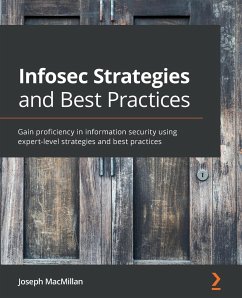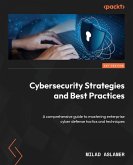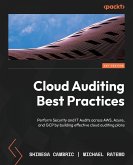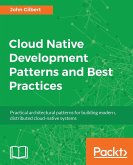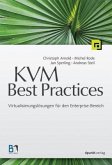Advance your career as an information security professional by turning theory into robust solutions to secure your organization Key Features:Convert the theory of your security certifications into actionable changes to secure your organization Discover how to structure policies and procedures in order to operationalize your organization's information security strategy Learn how to achieve security goals in your organization and reduce software risk Book Description: Information security and risk management best practices enable professionals to plan, implement, measure, and test their organization's systems and ensure that they're adequately protected against threats. The book starts by helping you to understand the core principles of information security, why risk management is important, and how you can drive information security governance. You'll then explore methods for implementing security controls to achieve the organization's information security goals. As you make progress, you'll get to grips with design principles that can be utilized along with methods to assess and mitigate architectural vulnerabilities. The book will also help you to discover best practices for designing secure network architectures and controlling and managing third-party identity services. Finally, you will learn about designing and managing security testing processes, along with ways in which you can improve software security. By the end of this infosec book, you'll have learned how to make your organization less vulnerable to threats and reduce the likelihood and impact of exploitation. As a result, you will be able to make an impactful change in your organization toward a higher level of information security. What You Will Learn:Understand and operationalize risk management concepts and important security operations activities Discover how to identify, classify, and maintain information and assets Assess and mitigate vulnerabilities in information systems Determine how security control testing will be undertaken Incorporate security into the SDLC (software development life cycle) Improve the security of developed software and mitigate the risks of using unsafe software Who this book is for: If you are looking to begin your career in an information security role, then this book is for you. Anyone who is studying to achieve industry-standard certification such as the CISSP or CISM, but looking for a way to convert concepts (and the seemingly endless number of acronyms) from theory into practice and start making a difference in your day-to-day work will find this book useful.
Hinweis: Dieser Artikel kann nur an eine deutsche Lieferadresse ausgeliefert werden.
Hinweis: Dieser Artikel kann nur an eine deutsche Lieferadresse ausgeliefert werden.

